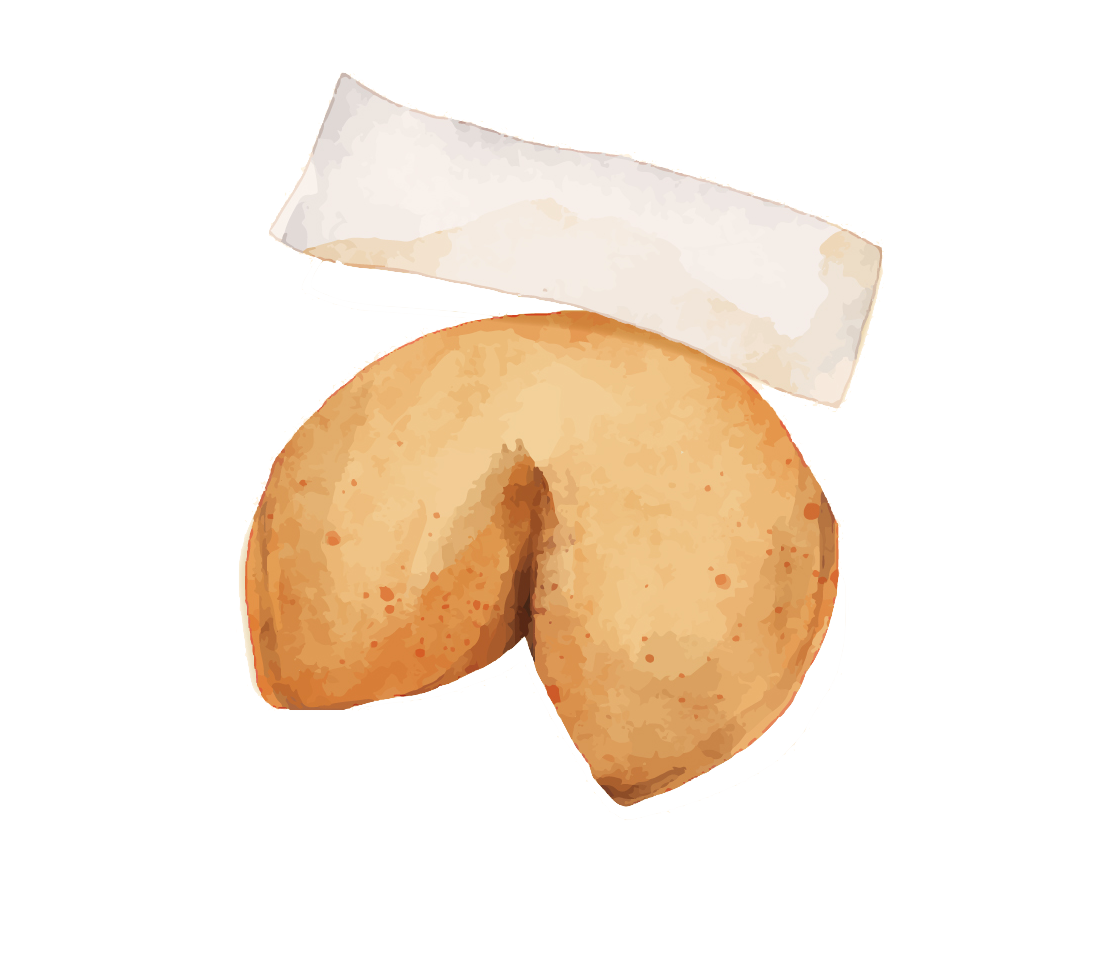
Boldfaced falsehoods
Stereotypes etched in ‘Oriental’ font.
by Lucy Yao
Wherever you go, there is always a Chinese restaurant — or so I’ve heard. Maybe it’s true, but it’s probably because they’re so recognizable. There are often striking, neon red decorations and distinct names, but the biggest tell is arguably the font on their menus and storefronts, named the “chop suey” or “wonton” font style.
This “Oriental” font style has grown into a cultural phenomenon that superficially defines Chinese American restaurants from their initial rise in the 1800s. Streaks that resemble Chinese calligraphy’s curvy, brush-like strokes and the choppy edges of bamboo stalks morph to imitate Chinese characters. It has proliferated into other East Asian businesses, films and content, ingraining itself as a staple of all Asian culture as a whole.
In recent years, the racist nature of this font has sparked debate, with many citing its harmful historical use. For example, in World War II, this font was often seen in anti-Japanese propaganda as dialogue — almost as if the font were a direct representation of how Asian people spoke — accompanied by caricatures of Japanese people.
Asian American studies professor Tara Fickle runs a class on Asian American comics, in which she mentions the use of this font in old political cartoons and modern-day comics to represent old Asian American restaurants. In one of the books, Shadow Hero by Gene Luen Yang and Sonny Liew, the main character’s Vietnamese father owns a restaurant named “Bamboo Forest” that is written in the chop suey font.
The use of ethnic fonts is not unique to Chinese culture. Mexican, Greek and other cultural cuisine-based restaurants showcase a range of coded fonts to represent their given culture, especially in foreign places.
The chop suey font is different, though, in that outside of restaurants, it is almost exclusively used for harmful intentions. While it is true that the font was originally used by Chinese restaurant owners as a business tactic, they were not the ones who created it — it dates back to the mid-1870s, when it was first created by the American company Cleveland Type Foundry under the name “Chinese,” and then “Mandarin.”
The company itself was the one that created this font, which was more so a representation of what Americans believe Chinese characters look like. So, when the font appears on the storefronts and menus of Chinese businesses, it represents an assimilation attempt by Chinese businesses to target Americans and help them recognize that their restaurant is Chinese, different, exotic.
Fickle says early Chinese restaurants from the mid- to late 19th century may not have been trying to sell authentic Chinese food to white Americans.
“They were selling white Americans their idea of Chinese food,” Fickle says. “What we think of as those early dishes were already not exactly trying to fit an authentic Chinese level, but to fit what they thought white Americans would think an authentic version of Chinese food is.”
What makes the font especially problematic is that it does not actually represent China or any other Asian countries. It is meant to appeal to outsiders who are looking for “Chinese” food, not Chinese people.
This raises the question: if people were aware of the implications of this font, then why still use it? Simply, it’s a good business tactic. The font simultaneously indicates “Chinese restaurant” to non-Asian people but also tells Chinese people to not expect the most authentic food.
However, when looking at modern-day restaurants in cities like New York, Washington and even Chicago, it’s very rare to see the chop suey font, with many places opting for simpler typefaces. It’s almost like the font itself has become taboo because of its association with Chinese American stereotypes. Today, the font remains prevalent on takeout boxes, which evokes images of greasy, fast meals — more comfort food than sophisticated dinners. Instead, second-generation Asian American restaurant owners have begun moving away from this font.
One such local Chinese restaurant is Lao Peng You — “old friend” in Mandarin. Instead of translating the Chinese name to English, the restaurant opted to keep it in Chinese Pinyin, with the characters written underneath. Additionally, instead of the classic red and gold colors, the storefront is forest green, its name written in a simple sans serif.
Especially in Chicago, where there’s a large Asian population, these restaurants target Asian Americans who miss food from their homeland. By keeping the name entirely in Chinese and turning towards a blank restaurant face, they blend into their surroundings, opting for dishes to be heard more through word of mouth. Even in cities with less Asians, restaurants maintain this simplistic style.
In recent years, with the rise of TikTok and home cooking from the pandemic, more people are inclined to have food from different cultures. The chop suey font and striking red decorations have become symbolic of Asian American food. These restaurants display Chinese names instead of the usual imprecisely translated ones, making them seem more authentic. Foreigners are thus drawn to the restaurant to try something new and get a taste of the real thing.
As someone who is a second-generation Chinese American myself, I similarly feel that pull to authentication and home roots, in hopes of not breaking our family line. However, I also believe that this cycle will and has continued. These aesthetics will be the next representation of Asian food, and they’ll gain popularity as it attracts more and more customers. Places like Tao, a restaurant and nightclub with locations in cities including Chicago, New York and Los Angeles, have already optimized this tactic and garnered interest from both my Asian friends and other friends alike, even though, at its core, it’s not the same as real Asian food.
And that’s OK. This is just the push and pull of branding in the business world. However, unlike the chop suey font, we must ensure that this font, along with any other ethnic font, is only used for good intentions. Whether it’s outside the restaurant world or not, I believe that we all have the awareness now to recognize when a font is used as a business tactic and when it is rooted in hate.

